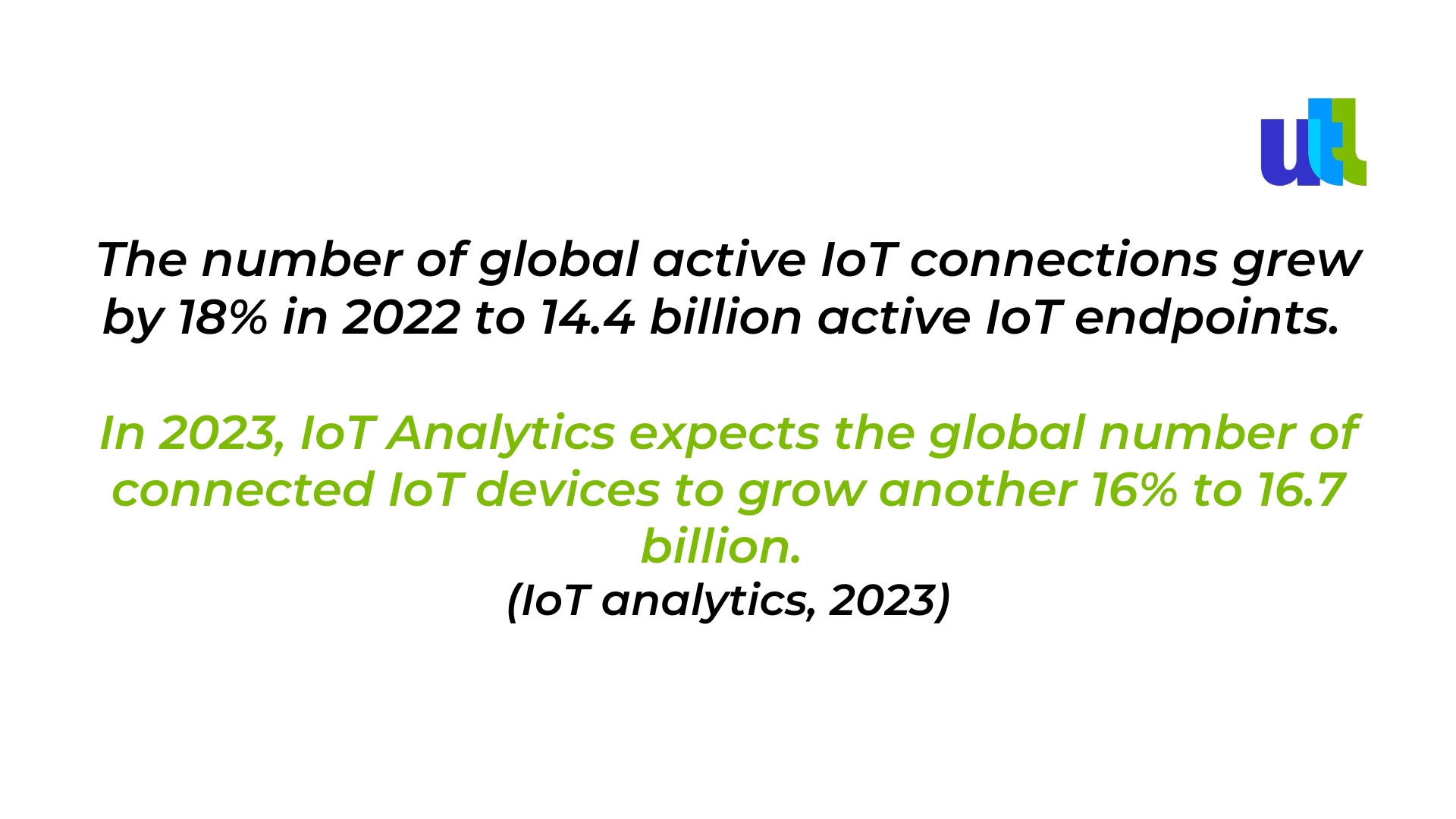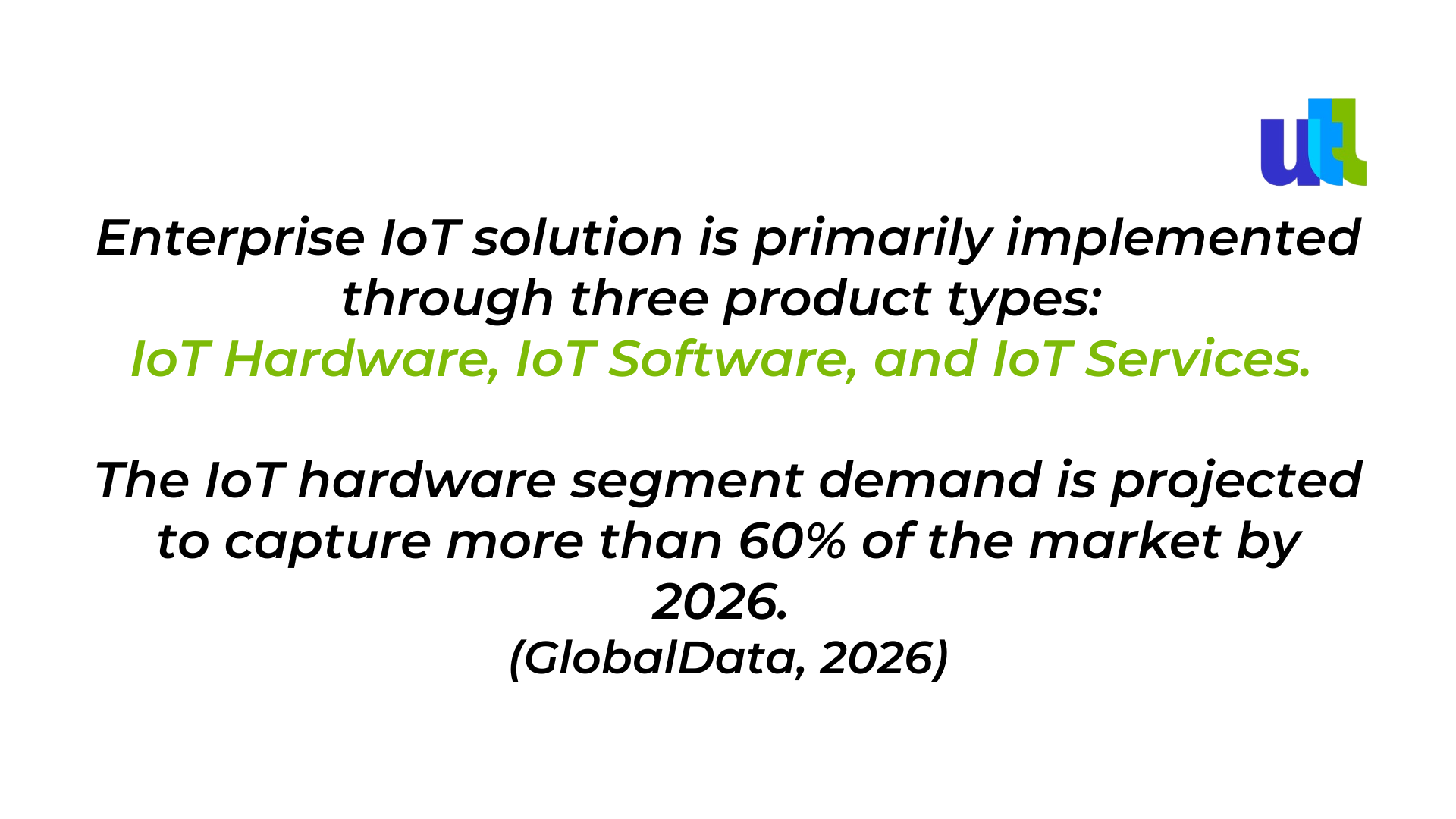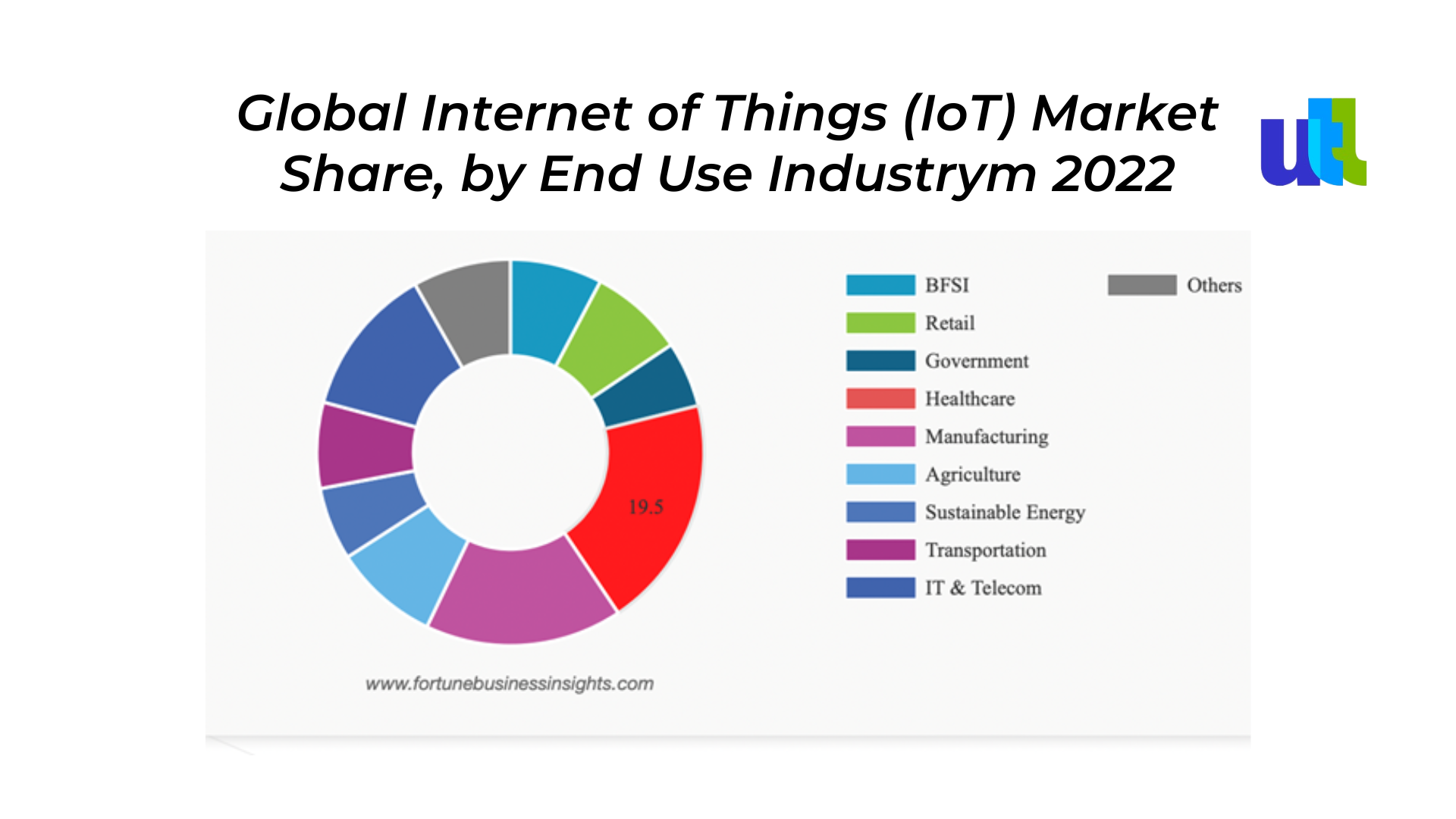The enterprise Internet of Things (IoT) market has witnessed significant growth in recent years. In fact, it is anticipated to rise at a CAGR of 13% from 2023 to 2033, surpassing US$ 2 trillion by 2033. Advancements in technology, rising demand for data analytics, and growing Industry 4.0 are some of the factors that will continue to fuel its growth.
The enterprise IoT market is driven by several factors such as the increasing adoption of IoT in various industries to improve operational efficiency and reduce costs. The increasing adoption of cloud-based IoT platforms is expected to drive market growth even further.
Based on enterprise size (the number of employees), the Enterprise Internet of Things market can be categorized into Micro (Less than 50), Small (51-250), Medium (251-1000), Large (1001-4999), and Very Large (5000+). In 2022, the Very large enterprises market captured a notable market share exceeding 25%. As for the regions, the Asia Pacific Enterprise IoT market value was the highest in 2022, capturing over 30% of the overall market size. The regional demand was led by the US and China collectively accounting for over 40%.

Key drivers of enterprise IoT in 2023
The growing trend of Industry 4.0 and the increasing need for automation in various industries (such as enterprise IoT in smart cities and smart homes, IoT-enabled automation in manufacturing and transportation, etc) are also propelling the growth of the market.

Another key driver is the increasing focus on digital transformation within both small and large enterprises. With the rise of Big Data and analytics, organizations are looking to leverage IoT technology to make smarter data-driven decisions. This is a crucial factor for enterprise IoT solutions in such industries as healthcare, transportation, and manufacturing.

The increasing adoption of enterprise IoT with AI and ML technologies is also contributing to the market growth.
47% of IoT applications are expected to have an AI element by 2027 (IoT analytics, 2023)
Various governmental agriculture and energy management initiatives and regulations promoting the use of energy-efficient equipment are boosting the demand for IoT. In fact, they mention enterprise IoT as an attractive investment opportunity for companies looking to tap into the new growing markets.
The top five things vendors focus on as they evolve their IoT strategies: ecosystem, cost-effective solutions; AI vision; acquisitions; and open standards (IoT analytics, 2023)
Enterprise IoT and the future
As the world grows more urbanized, so will the need for IoT devices, the number of smart city initiatives, and government investment in the digital economy. IoT platforms and gadgets are used to keep a close eye on mobility, infrastructures, air, and water quality to augment infrastructure, public services, and utilities. All of these are contributing to the growth of the global enterprise IoT market and our highly digital future.
Besides, Enterprise IoT devices are in demand as a result of manufacturers employing such solutions to better manage assets in their factories, simplify security and control systems management, operational intelligence generation, and enhance functionality through predictive maintenance.
Speaking about future perspectives, we can’t but mention 5G wireless technology that provides faster peak data throughput of multiple gigabits per second (Gbps), ultra-low latency, increased stability, huge network capacity, & increased availability needed for Corporate IoT adoption.
Finally, the advancement of Enterprise IoT solutions improves human-machine collaboration in operational productivity, safety, and efficiency.
Market Restraints
Due to the vast selection of IoT products, platforms, and device providers available, companies may face difficulties ensuring their solutions are compatible with the existing systems and devices. Implementing and managing IoT solutions necessitates technical proficiency; additionally, IoT devices may collect vast amounts of data, thus, key privacy regulations should be respected and controlled always.
A typical industrial IoT deployment deals with tens and thousands of sensors and devices deployed across multiple sites. Each device needs to be connected, registered and maintained. Moreover, although enterprise IoT solutions tend to be cost-effective and bring great results even to small businesses, still their development often requires a significant investment; hence, it is of key importance to find a reliable tech partner with a clear value proposition, rich experience, and successful case studies in working with the industry of interest.
Utah Tech Labs helps organizations maximize their ROI and soar to new heights with advanced and secure Enterprise IoT solutions. Let’s work on your project together!
Key aspects for successful enterprise IoT implementation
Let’s have a look at the best practices to help your kick-start an enterprise IoT project and stand out in an increasingly connected business environment:
1. Double-check your IoT security plan
With IoT's growing presence also comes increased security concerns. By 2020, more than 25% of identified attacks in enterprises will involve IoT.
2. Utilize the power of networks
IoT can indeed bring several network challenges, including increased wireless traffic and the insatiable need for greater network capacity – and here is the end of the list. Make sure to utilize the full power of networks without making common technical errors.
3. Get the most out of IoT data
With so much data being generated from connected devices, it is essential to figure out how to best collect it, manage it, analyze it, and mine it for business value.
4. Choose a secure IoT storage method
Along with figuring out how to analyze that data, discerning how and where to store it is critical to every IT strategy.
5. Make way for IoT apps
Connect your smartphone to your IoT systems.
Conclusions
Enterprises have the capital, reach, resources, and big reasons to deploy IoT solutions and services on a large scale. Enterprise IoT is turning into a multi-billion-dollar opportunity for everyone: huge corporations, medium-sized businesses, and startups.
- IoT devices are utilized to automate industrial processes, such as monitoring equipment performance, optimizing energy usage, and enhancing safety.
- Implementing IoT technology in cities can enhance infrastructure management and public safety while decreasing congestion.
- Smart cities are becoming a huge market.
- In healthcare, these devices have the potential to monitor patient health, manage chronic conditions, and check medication compliance.
- IoT solutions enable inventory tracking, improved customer experience, managed supply chains, help meet real-time data analytics demands, and more.
In the coming years, we can expect IoT to have an even stronger foothold across multiple IT disciplines. Is your organization prepared for all the opportunities that come with it?
For free consultation on enterprise IoT market click here.
----------------------------------------------------------------------------------------------
View the full presentation:
WRITTEN BY
Sofia Kutko
2023-07-05


































































































































































































